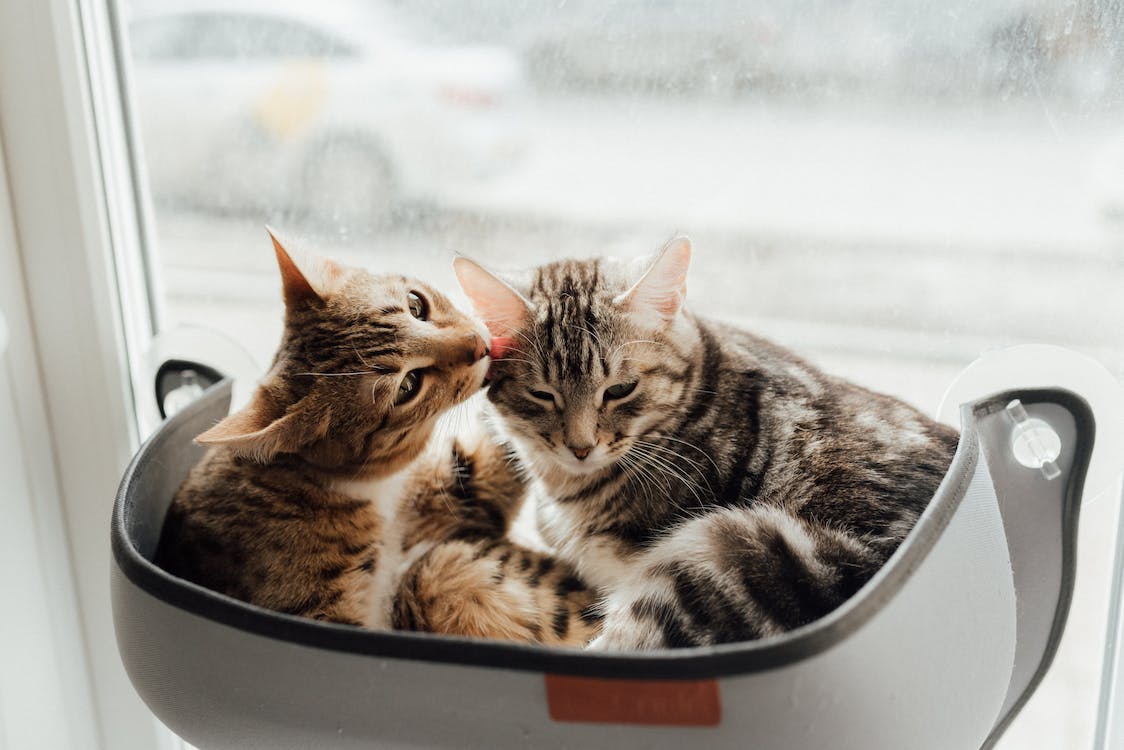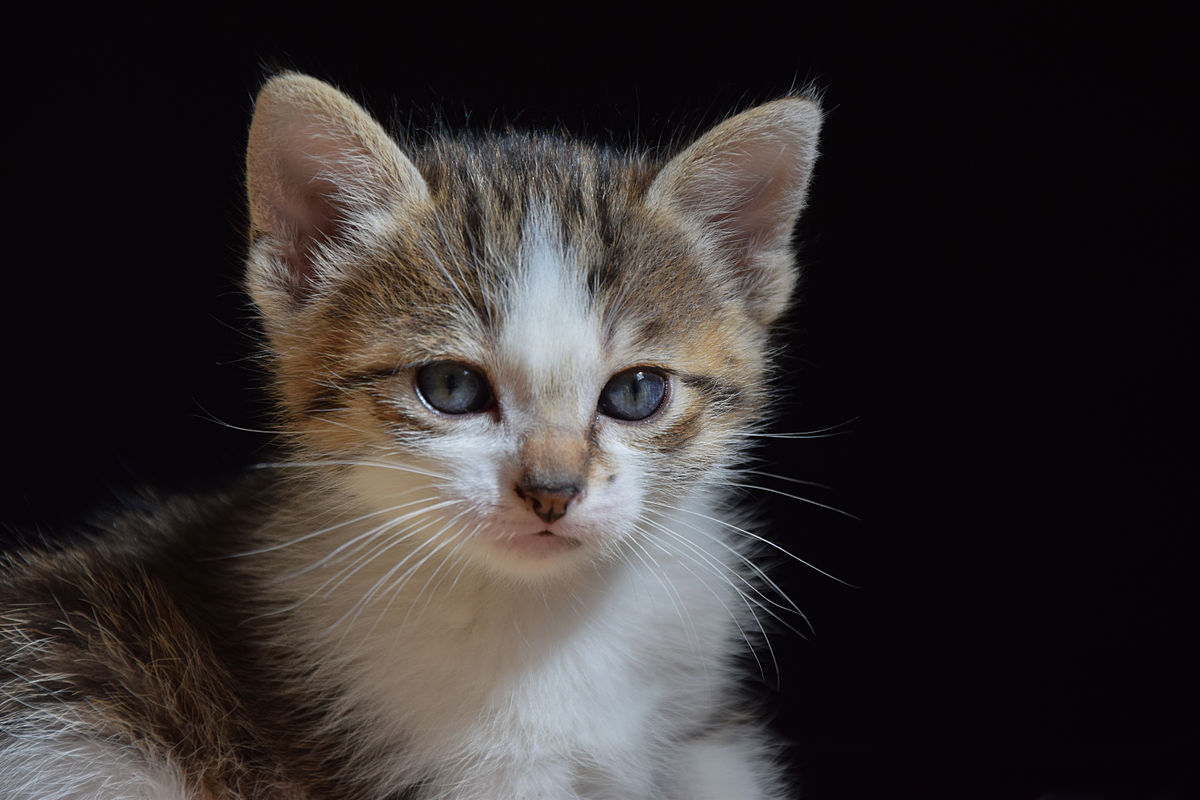Welcome to our definitive guide on kitten care! Whether you’re a proud new cat owner or just fond of tiny purring bundles of joy, we’ve got you covered! Get ready to embark on a fulfilling journey of nurturing kittens and enabling them to grow into strong, happy cats.
First Things First: Momma Cat Knows Best!

When it comes to taking care of kittens, the first few days are crucial. In most instances, mum is in charge, and your role is mainly to keep a discreet watchful eye. Make sure the kittens are getting proper nourishment from their mother and all umbilical cords are severed properly. If not, you may need to lend a hand with a pair of sterilized scissors.
Observing Maternal Behaviour and Ensuring All Kittens are Fed
Observe the mother cat’s behaviour. She should look content and adjust well to her new parenting duties. Remember to watch the kittens closely too. It’s imperative that all kittens are suckling properly and no one is left out due to competition from siblings.
Dynamic Shifts: Transitioning from Mother’s Milk to Kitten Food

While a mother cat will predominantly take care of her kittens for the first few weeks, transition periods will arrive. Around three weeks old, the kittens will start exploring their surroundings and opening their eyes. By the time they are four weeks old, they should start eating food specifically designed for kittens.
Introducing Kittens to Solids – The Right Approach
Start by giving them food with a strong smell, which will pique their curiosity, enticing them to taste these new intriguing morsels. Remember though, always feed them kitten food until they reach their first birthday, at which point you can introduce adult cat food.
The Crucial Task of Litter Training Kittens

Introducing an additional litter box that is easily accessible to the kittens will facilitate their training. Ideally, the mom cat will guide them, but you can always intervene if needed. These little ones are usually ready for adoption by the time they’re six weeks old. If you happen to be a long-term foster, a good time to consider spaying/neutering is around eight weeks of age.
Safety Tips for Looking After Fluffy Little Kittens

Keeping kittens safe during their explorations is paramount. Kitten-proof your house by doing the following:
- Ensure they don’t have access to toxic substances like cleaning supplies
- Keep small objects out of their reach to prevent accidental swallowing
- Manage cables effectively, so they don’t become dangerous playthings
Lastly, remember that while milk might seem like a fitting drink for cats due to popular belief, they cannot digest lactose, so stick to water or special cat milk, if necessary.
The process of taking care of kittens is a rewarding journey that allows you to watch these curious beings grow into agile, independent creatures. By following our guide, you can help ensure they have a healthy start to life.
Related Resources: